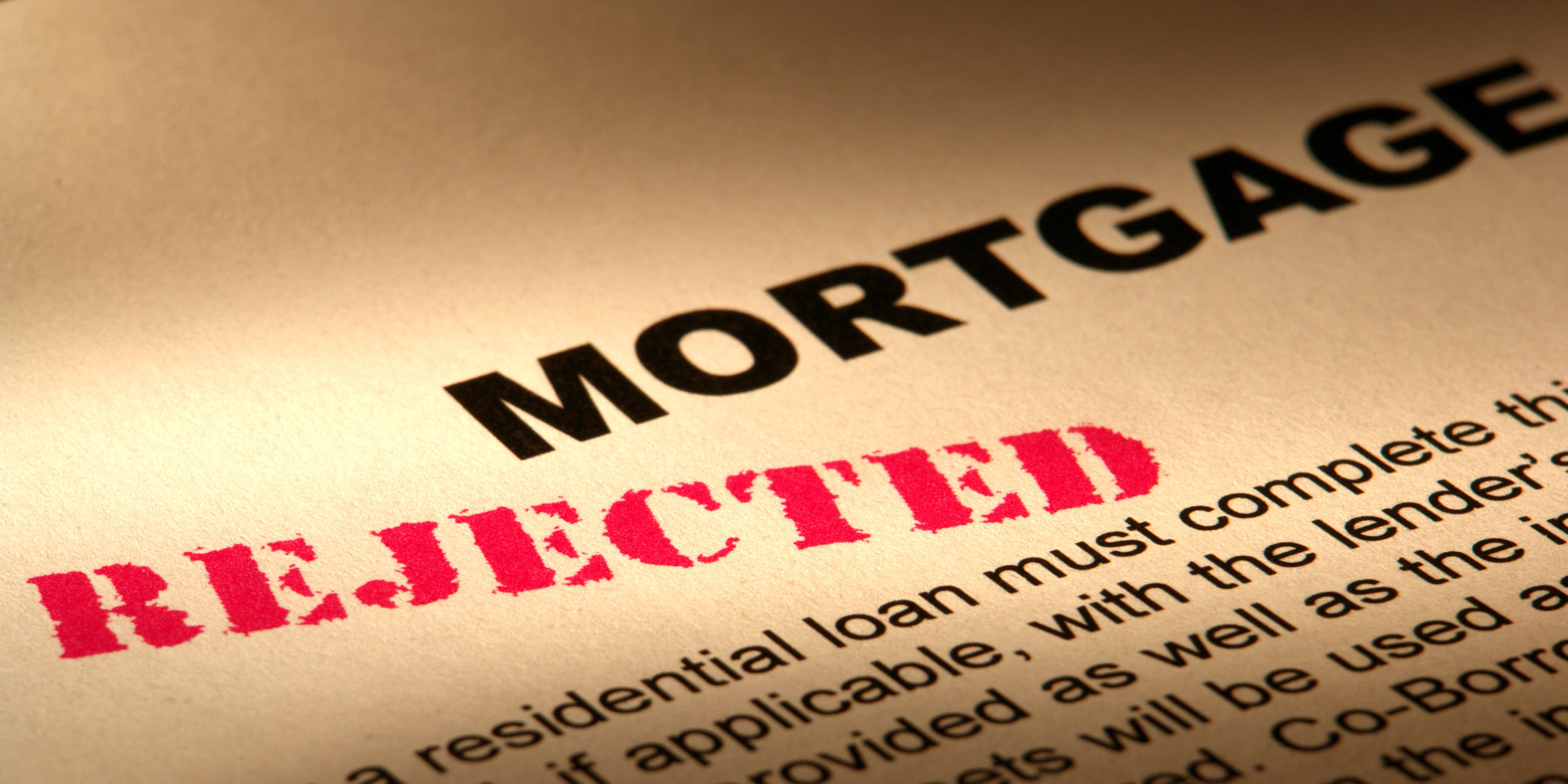LatinaLista — Diversity is a concept everyone understands but it’s a practice that (surprisingly) is getting more pushback these days than ever before.
From Silicon Valley to mainstream media newsrooms, diversity is increasingly having a polarizing effect on people rather than being seen as a stepping stone to a more inclusive society.
In their series the “Changing Face of America,” USA Today created a diversity index that shows the growth in diversity in the country.
According to the series’ reporters:
The result: For the first time, the next person you meet in this country — at work, in the library, at a coffee shop or a movie ticket line — will probably be of a different race or ethnic group than you.
It’s a sobering reality that only broadens the already existing impact the nation’s diversity has on the country, the economy and society. That’s why the latest analysis of newly released federal mortgage data isn’t just disappointing, it’s disgraceful.
The Center for American Progress (CAP)looked at the 2013 federal data on mortgage lending and found something that most Latinos and Blacks already knew – mortgage lenders make it especially hard for people of color to buy homes.
According to the CAP analysis:
Blacks and Hispanics are more than twice as likely to be denied a mortgage as non-Hispanic whites with comparable incomes and risk profiles. However, the disparate treatment received by people of color is not confined solely to the loan approval stage of the mortgage lending process and does not necessarily take the form of a loan denial. Discrimination based on race or ethnicity can take several forms during any stage of the process. During the pre-application stage, for example, lenders may discourage borrowers of color from continuing with the loan application process even though they may qualify for a loan. Lenders also may not provide the same information to applicants of color that they provide to white applicants. Further, pair testing studies—in which two individuals pose as equally qualified borrowers in every respect except their race or ethnicity and inquire about the availability and terms of home mortgage loans—demonstrate that people of color are consistently treated differently than equally qualified whites
The repercussions of this treatment has reverberated throughout local communities over the years and can be cited as a major source for contributing to neighborhood segregations that are present in every major city; bearing responsibility for the 2008 subprime mortgage fallout that caught too many families of color in its net and leaving them homeless and giving rise to predatory lending practices that charge outrageous interest rates to mortgage loans people of color are willing to risk their financial livelihoods for their turn at the American Dream.
The CAP researchers say that one of the first steps that needs to be taken to correct this dangerous trajectory is for policymakers and Congress to recognize that these disparities in lending exist.
Unfortunately, at the rate other sectors of the nation view diversity, Washington must first realize that a lack of equitable diversity among homeowners even exists.
If mainstream media can’t even recognize it — and it’s their job to highlight such social problems — there’s little hope Congress ever will.



